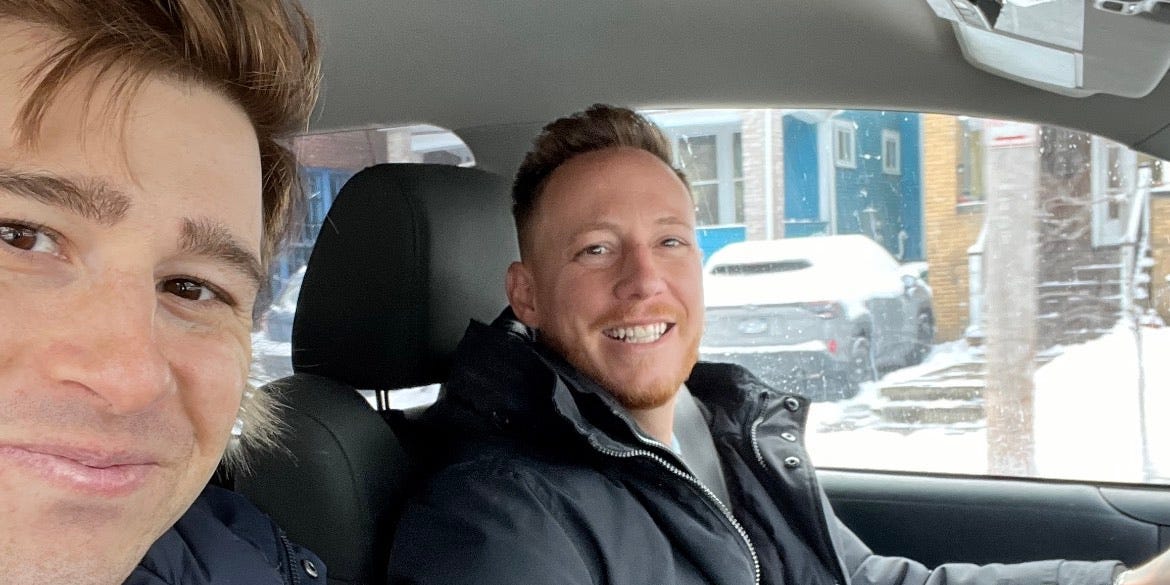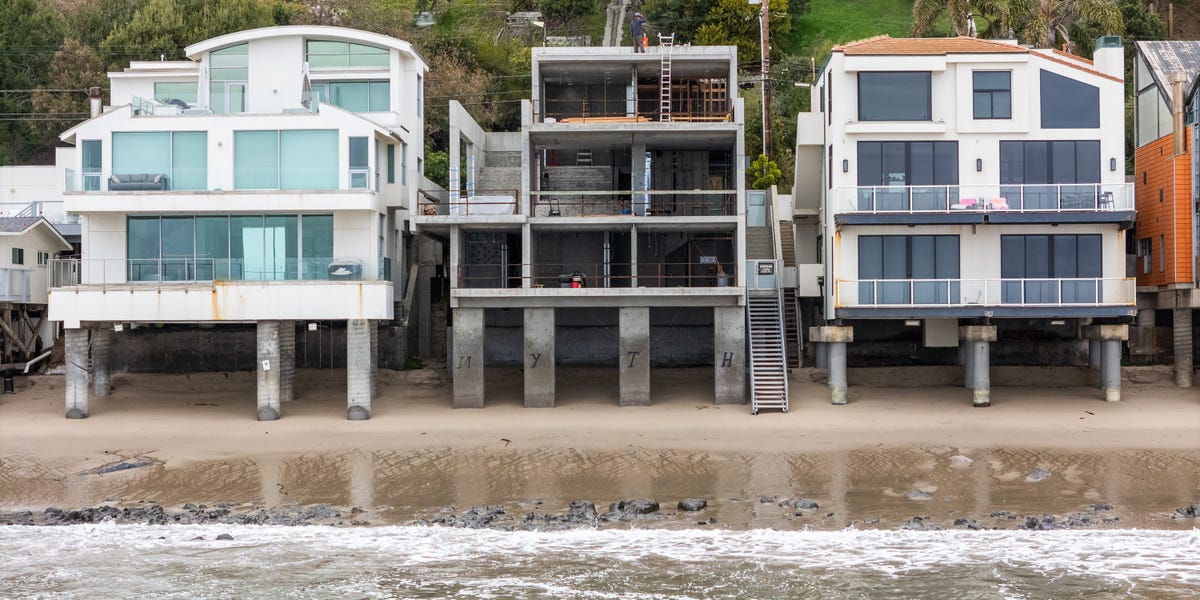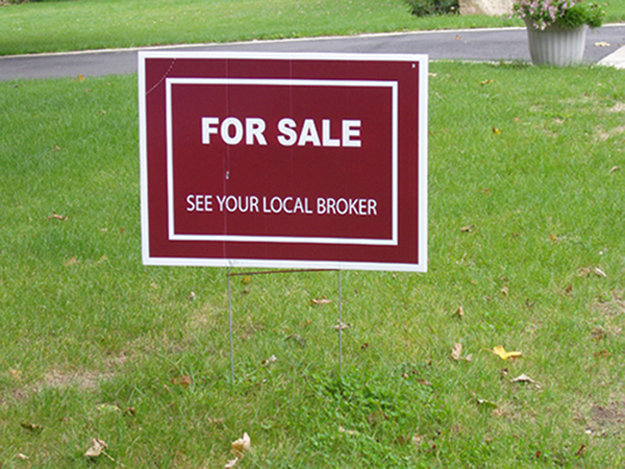C
onnor Swofford and Pieter Louw, childhood friends from seventh grade, launched their real‑estate partnership in 2024. By October of that year they closed their first duplex in Buffalo, and within a year they owned 24 units across nine properties. The duo, both 32, use the BRRRR (Buy, Rehab, Rent, Refinance, Repeat) strategy and hard‑money financing to accelerate growth without large personal savings.
Louw, a Buffalo‑based real‑estate agent with a construction background, and Swofford, a Charleston‑based startup consultant, complement each other’s skills. Louw handles acquisition and rehab logistics, while Swofford brings business acumen. “I kept asking why he’d join me when I could just split a down payment,” Swofford recalled. “Pieter answered, ‘There’s nothing better than making money and having fun with your best friend.’”
Their first project was a three‑unit duplex with a carriage house that required modest repairs. The front two units were ready, one was already rented, and the carriage house needed minor work. This deal introduced them to the BRRRR cycle: purchase, rehab, rent, refinance, repeat. By investing roughly $40,000 in renovations, they built about $90,000 of equity and could pull the entire amount back for the next purchase.
When buying, Louw notes that a 20% down payment is typical. For a $300,000–$400,000 property, that means $60,000–$80,000 plus closing costs—an amount that limits scalability. Hard‑money lenders offer faster access to capital, and with a proven track record they can secure better rates. However, the balloon payment, personal guarantee, and paperwork pose risks.
Construction experience lets Louw accurately estimate rehab costs and timelines. He stresses two critical factors: a realistic budget and a clear after‑repair value (ARV). “If you buy for $200,000, invest $100,000, and the ARV is only $300,000, you’ll only recoup 75% of the equity,” he explains. “In that case, a conventional loan with a 25% down payment would have been simpler.”
Their focus on multi‑family units—typically three to ten units—helps avoid full gut‑ups. Most properties still have tenants, and those tenants cover the interest during rehab, effectively subsidizing the work. “We’re not relying on rental income to survive; it’s a side hustle that funds vacations, savings, and future education,” Swofford says.
Louw adds that they avoid emotional attachment to any single property. “If a deal doesn’t make sense, we move on,” he says. Their portfolio remains flexible, allowing them to pivot quickly in a changing market.
In summary, Connor Swofford and Pieter Louw leveraged their complementary backgrounds, the BRRRR method, and hard‑money financing to grow from a single duplex to 24 units in nine properties within a year, all while keeping their real‑estate venture as a profitable side hustle rather than a primary livelihood.












